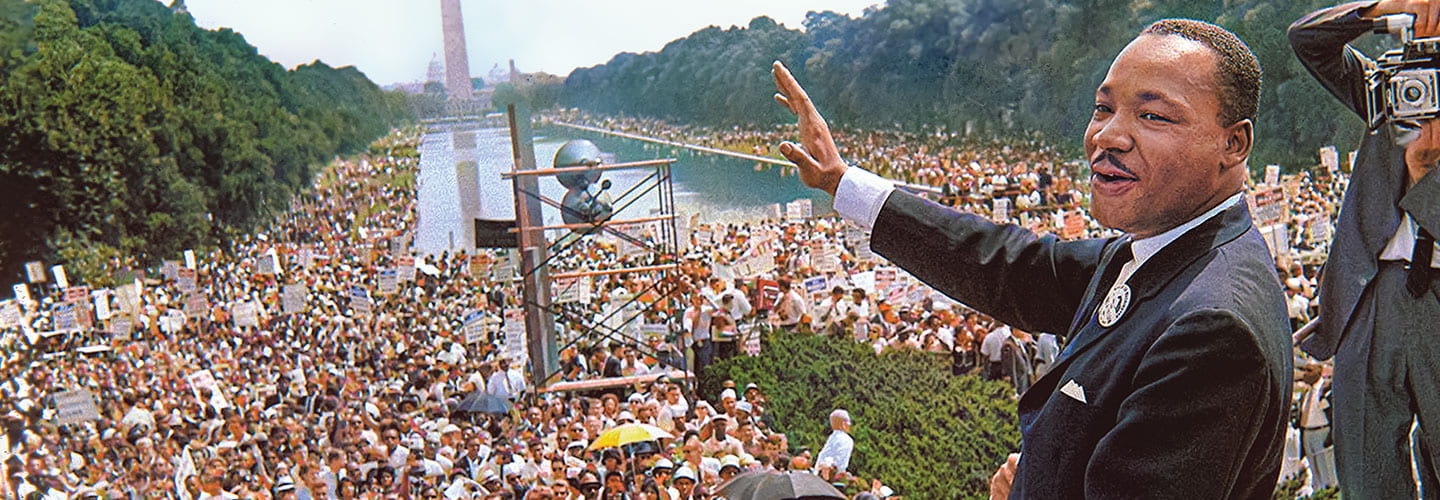He fought for racial equality. He inspired others to take a stand. And he showed America his dream for a more just country. In the 1960s, Dr. Martin Luther King Jr. was a leader in the civil rights movement, the long struggle to gain equal rights for Black Americans.
When King was growing up, segregation, or the forced separation of Black people and White people, was often the law, especially in many Southern states. King questioned these laws. Why should Black people be forced to attend schools or go to hospitals that were inferior to the ones White people used? He dedicated his life to changing the unfair laws.
Sadly, King was killed in 1968, but his message lives on. This month, people across the country will celebrate Martin Luther King Jr. Day. Here are three things you may not know about King.

